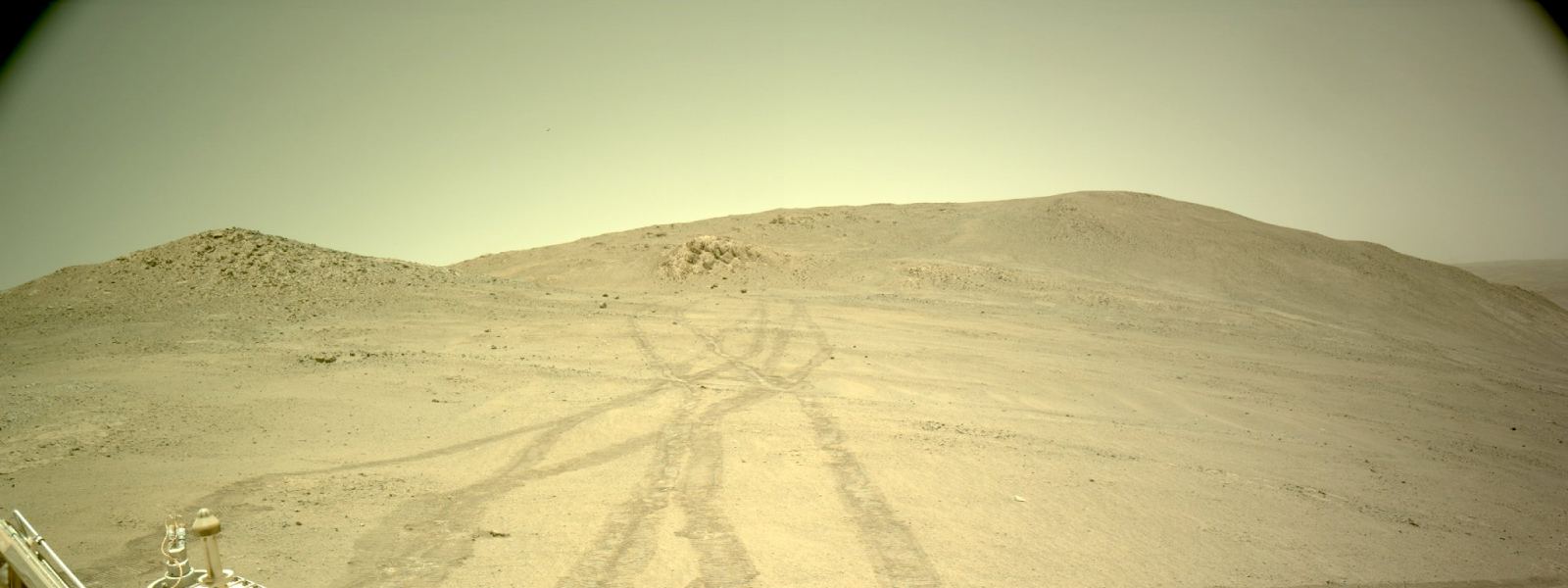NASA’s Stunning Discovery: 4-Billion-Year-Old Rock Reveals Mars’ Ancient Secrets
NASA’s Perseverance rover has once again amazed scientists with a groundbreaking discovery on Mars’ Jezero Crater—a 4-billion-year-old rock unlike any other previously found. This newly uncovered sample, named "Silver Mountain," presents unique textures and compositions, shedding new light on the geological history of the Red Planet. Researchers believe that this rock dates back to the Noachian era, a period marked by intense asteroid and comet bombardment, and may have resurfaced due to a mysterious ancient impact event millions of years ago.
The Significance of the Noachian Era
The Noachian era, which lasted from 4.1 to 3.7 billion years ago, was a time when Mars experienced frequent asteroid collisions that shaped its surface. This period is particularly significant because it coincides with a time when liquid water is believed to have existed on Mars, possibly supporting primitive life. The study of Noachian rocks provides essential clues about Mars’ ancient climate, past hydrological cycles, and the planetary processes that shaped its evolution.
The discovery of Silver Mountain is a major breakthrough in this quest, as its unusual features suggest it could be one of the oldest Martian surface materials ever analyzed. If confirmed, this rock could hold valuable information about the Red Planet’s early environment, including whether conditions were ever suitable for life.
Perseverance’s Role in Unraveling Mars’ Mysteries
Launched in 2020, NASA’s Perseverance rover is at the forefront of Mars exploration, tasked with collecting rock samples, analyzing soil composition, and searching for signs of ancient microbial life. Its mission is critical in understanding how Mars evolved over billions of years and whether it once harbored life.
The rover is equipped with advanced scientific instruments, including SHERLOC (Scanning Habitable Environments with Raman & Luminescence for Organics & Chemicals) and PIXL (Planetary Instrument for X-ray Lithochemistry), which help examine the chemical and mineralogical composition of Martian rocks. By studying Silver Mountain, Perseverance could offer unprecedented insights into the geological history of Mars and refine our understanding of planetary evolution.
Additionally, rock samples collected by Perseverance are planned to be returned to Earth in a future Mars Sample Return mission, allowing for in-depth analysis using state-of-the-art laboratory equipment. This will provide further confirmation of whether Mars ever had conditions favorable for life.
The Future of Mars Exploration
NASA and other space agencies worldwide are ramping up their efforts to explore Mars in greater depth. The upcoming Sample Return Mission, planned in collaboration with ESA (European Space Agency), aims to retrieve rock and soil samples from Perseverance’s collection and bring them back to Earth by the early 2030s.
In addition to government-led missions, private space companies are also entering the race to explore Mars. Organizations such as SpaceX envision future human colonization, aiming to establish a sustainable human presence on the planet. This requires not only understanding Martian geology but also developing technology for in-situ resource utilization, such as extracting water from subsurface ice or generating oxygen from carbon dioxide in the Martian atmosphere.
Each discovery made by Perseverance brings humanity closer to answering one of the biggest questions in science: Was there ever life on Mars? And, perhaps more importantly, can humans one day call Mars home? With every rock sample, image, and analysis, we inch closer to unlocking the Red Planet’s ancient secrets and paving the way for the next era of interplanetary exploration.










0 commentaires: